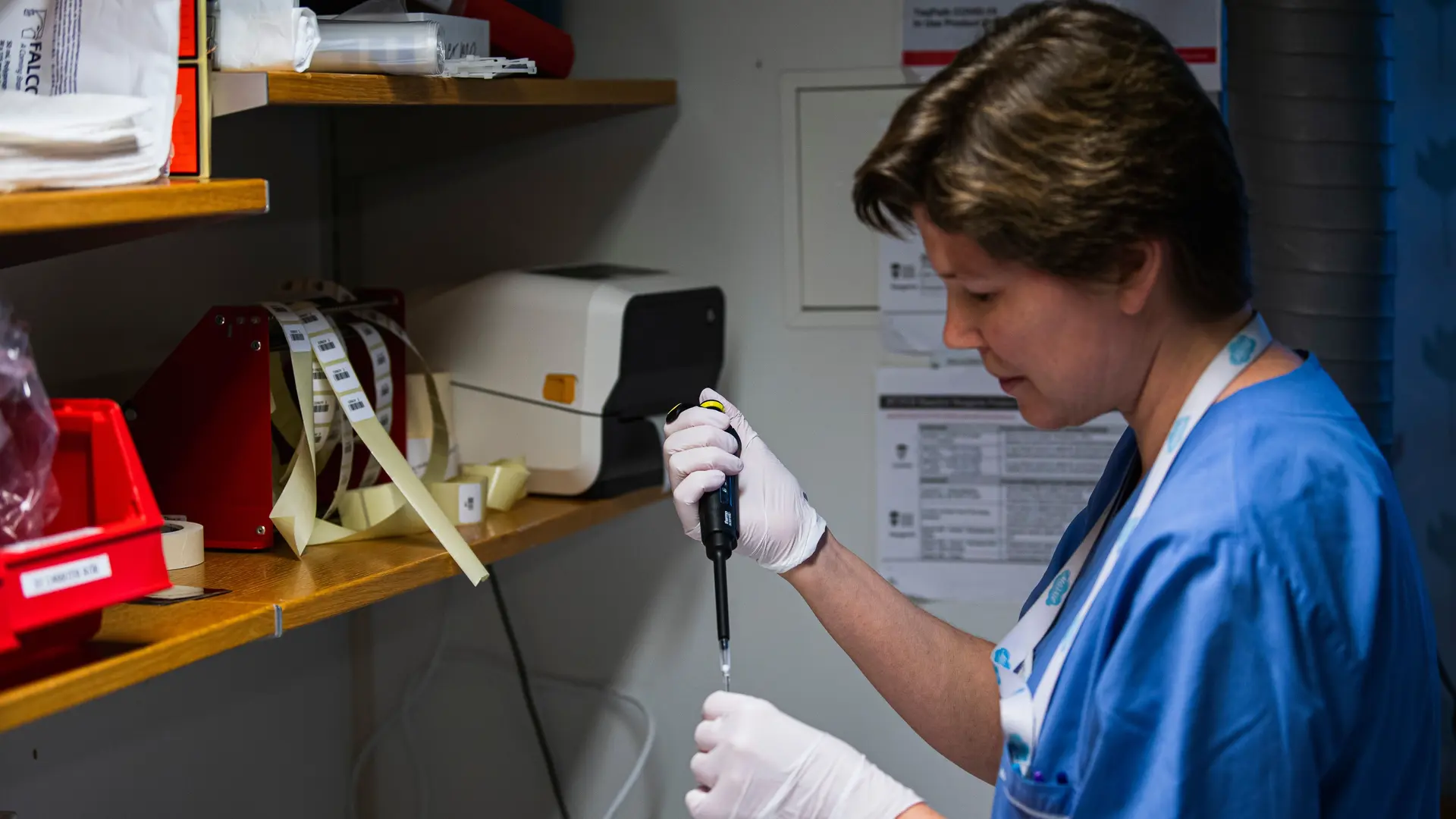The big scandal: PCR tests were sub-standard
Source: Swedish Epoch Times, 13 March 2024; Margareta Skantze
In 2020, the WHO declared a global pandemic. To prove infection with COVID-19, PCR tests were used. In 2021, the Swedish Public Health Agency warned against PCR tests because they cannot determine whether a disease is contagious or not. Yet they became the cornerstone of the definition of the pandemic. Have we been deceived both politically and medically, writes former SR producer Margareta Skantze.
On 11 March 2020, the WHO declared the SARS-CoV-2 (COVID-19) outbreak a global pandemic. The WHO’s definition of a pandemic is based on an extremely contagious disease with international spread. Previously, there was an additional criterion, namely that the disease caused high mortality. Under the new definition, a common seasonal influenza can be characterised as a pandemic, provided that it is highly contagious.
To prove infection with COVID-19, PCR tests are used. PCR (Polymerase Chain Reaction) involves propagating collected genetic material in order to measure it. The method was created by Nobel Prize-winning chemist Kary Mullis. However, he has stated in several interviews that the method is intended for research purposes and cannot be used to detect ongoing infection. Propagating the test material over 25 cycles can “detect anything in anyone” because the test does not distinguish between dead and infectious virus particles.
Despite Mr Mullis’ statement, in January 2020 the PCR tests were adopted by the WHO as the “gold standard” for detecting COVID-19 infection. Moreover, the tests are run at levels well above 25 cycles, resulting in a 97% false positive rate.
The scientific basis for the WHO’s recommendation of PCR tests as the gold standard for detecting COVID-19 infection is the Corman-Drosten report. It was published by the European Centre for Disease Prevention and Control (ECDC) on 22 January 2020 in the weekly online journal Eurosurveillance. This was only a month after the first reported case in China.
The report was submitted just one day before publication, which means that it has not been peer-reviewed by other experts in the same field of research. On the initiative of an international committee of 22 renowned scientists, such an ex post facto review was carried out. They found ten serious and crucial mistakes, so serious that they called the report “scientific nonsense”. They also pointed out that Eurosurveillance failed to disclose that several of the authors of the Corman-Drosten report had financial interests in the PCR tests. The twenty-two scientists approached the editorial board of Eurosurveillance with the request to withdraw the report. This request was rejected. The editorial board included three Swedish researchers: Johan Giesecke from Karolinska Institutet, Magnus Boman from KTH and Karl Ekdahl from ECDC.
On 21 July 2020, the Swedish Public Health Agency (FHM) published guidance to Sweden’s regions regarding criteria for assessing freedom from infection in the case of COVID-19. (Article number 20110.) The guidance was updated on 30 November 2020. Initially, FHM states the following:
“The PCR technique used in virus detection tests cannot distinguish between viruses capable of infecting cells and viruses rendered harmless by the immune system and therefore cannot be used to determine whether someone is infectious or not.”
Why didn’t the FHM officials protest when the government representatives ran over them?
Contrary to the FHM’s clearly stated rejection of PCR tests as a method for determining COVID-19 infection, the Swedish government decided to use taxpayers’ money to support large-scale testing with PCR tests. The Government agreed with Sweden’s municipalities and regions (SKR) to compensate the regions financially for each PCR test performed. In 2020 and 2021, the regions received SEK 1,500 for each test performed. On 1 January 2022, the contribution was reduced to SEK 1,100 per test and on 1 January 2023, the government withdrew the compensation. According to FHM’s individual statistics, the number of PCR tests performed since 1 March 2020 is in the order of 17 million. These tests have cost Swedish taxpayers around SEK 26 billion. This corresponds to the annual budget of three normal-sized regions, including county transport.
The PCR tests are the cornerstone of the definition of COVID-19 as a pandemic. However, if it is true that PCR tests are inadequate as a method for detecting COVID-19 infection, the whole story of the infectious and dangerous pandemic falls apart. This is precisely what the FHM warned about in its guidance of 21 July 2020, but the Swedish government did not listen to the FHM and followed the dictates of the WHO. This is all the more remarkable as the government representatives in the press conferences broadcast on SVT constantly reiterated that they relied on the FHM and that all restrictions and measures were based on the FHM’s expertise. The worst affected were the oldest citizens, ‘the weak and the frail’, who were said to be of particular concern.
There are many questions. Why did the editorial staff of Eurosurveillance not listen to the criticisms made? Why was the erroneous article allowed to stand? Why didn’t the officials at the FHM protest when the government representatives ran over them? Why did health professionals in the regions not follow FHM’s guidance? Was it because of the generous subsidies paid by the government and funded by taxpayers? It is high time to break the silence on what must be seen as the biggest medical and political fraud in human history.
Margareta Skantze
Retired producer
Swedish Radio



![A Call to Europe: The Future of Our Children is at Stake – Historical Press Conf. in Brussels Jan 23 [12 Videos with Subtitles]](https://childrenshealthdefense.eu/wp-content/uploads/2022/01/chdeu-brussels-768x400.jpg)




